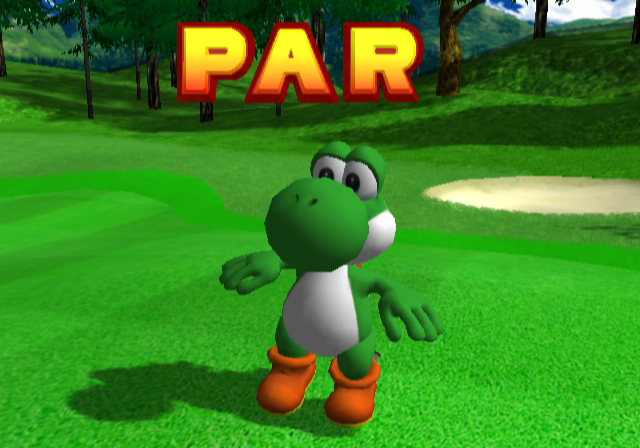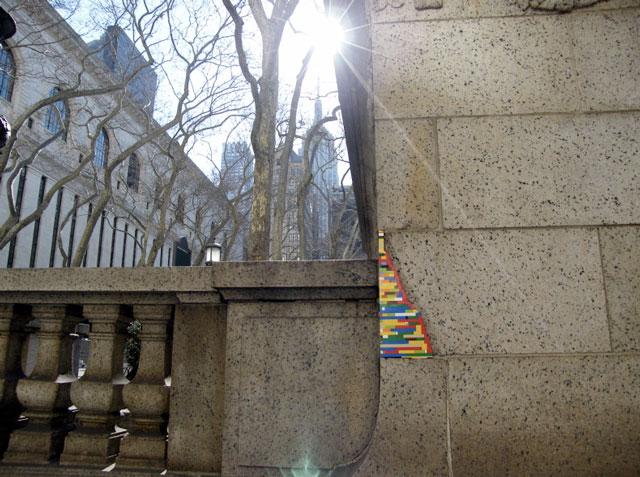Course Theme Dissemination [#CuriousCoLab]
I’m sharing with my Collaborative Curiosity colleagues the revised description of my UNIV 200 course theme, destined for the syllabus. In my last #CuriousCoLab post, I described wanting to make participatory research and design essential concepts in my service-learning section. I hope that in the statement below—with major revisions and additions appearing in bold text—I included just the right amount of detail to stress these priorities at the outset. (To be sure, the syllabus is a peculiar mode of dissemination because it has a dual purpose: an institutional document that is also meant as a reference to students. I’m also working on a web page about the theme and my community partners that should be more inviting to students and the larger community.) Participatory research and design will be explored further in the first unit, as students develop their research questions. I’m in the process of revising the unit to include collaborative blogging on the VCU RamPages platform, which I will use to have students discuss the participatory intent behind their research projects. I’m not entirely sure how I will encourage students to take up questions of design in their blogs—that will depend on the readings I choose. But I have been keeping a list of different design approaches (e.g., universal design, participatory design, systems design, design thinking, etc., many of which overlap) with the idea of having students research them online and interpret how these practices have shaped the technologies they chose to study. Your feedback is welcome!
- “Technology” is a socially and historically relative term: new technologies are most likely viewed as innovative or disruptive; established technologies are often so integrated in our daily lives that we take little notice of them; and outmoded technologies we tend to discount because they seem effectively replaced by newer technologies.
- Access to technologies differs by social group, due to lack of knowledge or lack of resources, which can reflect existing inequalities and create further disadvantages. But there might be some consolation in this: access shapes different life experiences, seeing how exposure to technology revises the meaning of work, leisure, and community.
- The design of technology favors particular outcomes and certain users. This is to say that behind any technology resides a particular intention that is subject to real situational limitations. Nonetheless, designs may be inclusive and invite user participation, to the extent that the intention and available resources allow.
Your service may take the form of helping your community partner or those it serves use certain designed technologies to meet their needs. For example, you could help elderly residents use software such as Skype to place video calls to family members. Or, with your community partner you might design a technology to achieve a particular goal that benefits the community. You could, for instance, assist your community partner with organizing its social media campaigns which in turn increase the organization’s reach. Alternatively, you will have the opportunity examine the designed technologies a group actually uses and explore how or why they use them. If you are, say, tutoring elementary school students, you could investigate why your community partner might privilege face-to-face tutoring sessions or practice math with objects or pen and paper rather than a computer.
As a service-learner, you will have opportunities to shape your contributions to the community—what you do, how you do it, and for what purpose. In that sense, you and your community partner are designers and your users are the larger community you serve. These positions will become complicated in many ways, however: service-learners are also participants in the community and thus both users and designers. You will design along with members of the community, who aren’t simply the passive recipients of your contributions.



No comments yet.
Add your comment